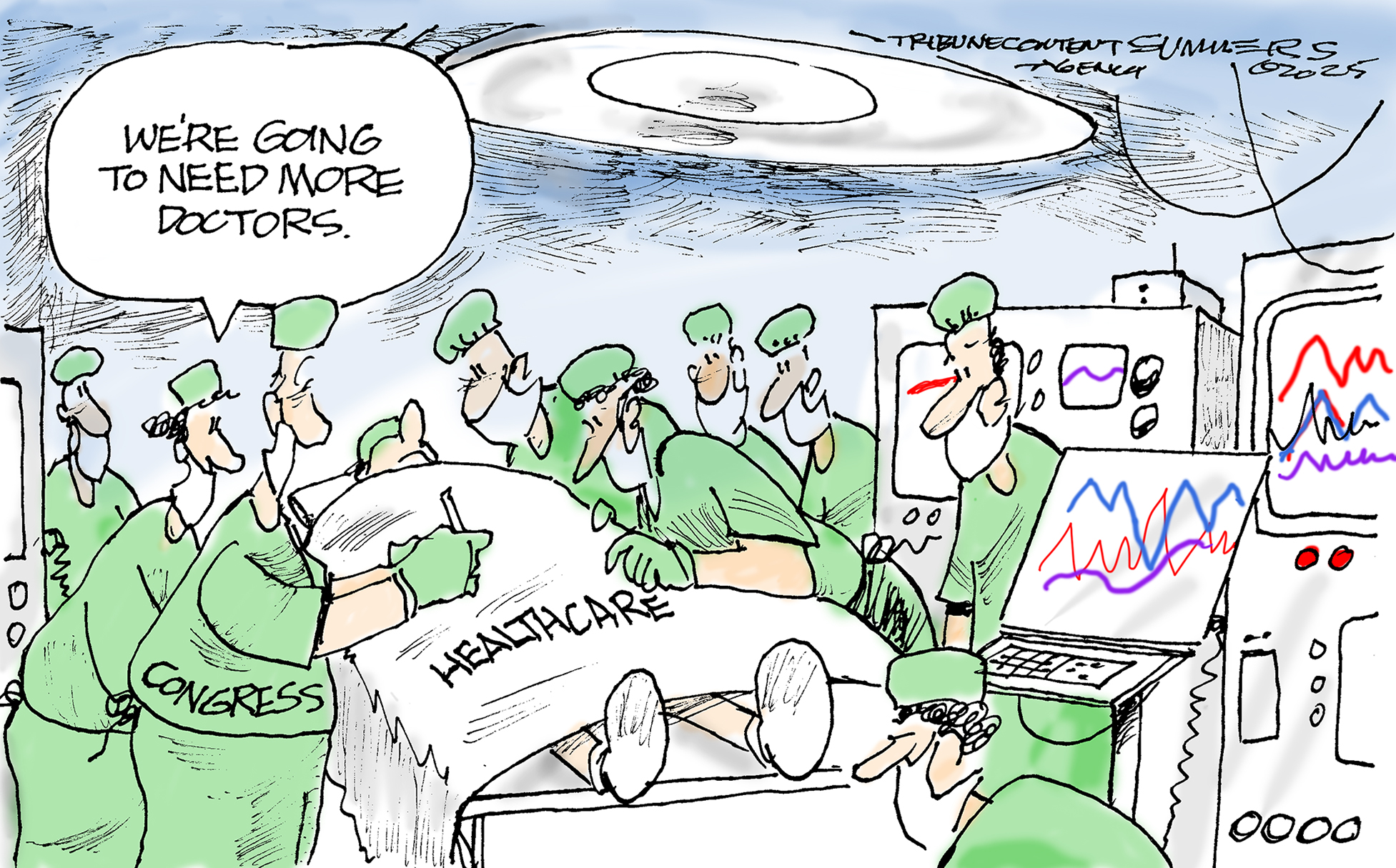Editor's Letter: Getting utilities to see the light
Our power went out at 2 a.m. during the first night of Irene’s window-rattling fury. A large maple tree had crashed into the overhead power lines.
Our power went out at 2 a.m. during the first night of Irene’s window-rattling fury. And so my wife and I became part of an involuntary army of 5.5 million Americans who would be learning to live a bit more simply. We grabbed flashlights, matches, and candles, ready to face what reporter Patrick McGeehan of The New York Times later called days of “darkness and disconnect.” The enforced pause gave me time to ponder how even a category-zero tropical storm could take out huge swaths of the electrical grid in a dozen of the most densely populated states. By daylight, I had the answer, at least for our neighborhood. A large maple, ripped from the earth by fierce winds, had crashed into overhead power lines. It was much the same story all along the East Coast, as it is year after year when hurricanes, snow storms, ice storms, and nor’easters knock out power for days and weeks. Utility executives are always taken by surprise, and customers are outraged by the delay in getting power back.
Isn’t there a better way? Given the choice of keeping the trees or the power lines, I’d vote for the trees. But what to do about the 3 million miles of overhead lines in this country? Bury them underground, says Don Buckner, who heads Underground2020.org, a nonprofit group that lobbies power companies to do just that. Most utilities “don’t want to spend the money,” he said, though their savings could easily reach into the trillions. Getting them to see the light—“that’s the challenge,” said Buckner. And wouldn’t it be better to face it rather than to just wait for the next disaster?
Robert Love
The Week
Escape your echo chamber. Get the facts behind the news, plus analysis from multiple perspectives.

Sign up for The Week's Free Newsletters
From our morning news briefing to a weekly Good News Newsletter, get the best of The Week delivered directly to your inbox.
From our morning news briefing to a weekly Good News Newsletter, get the best of The Week delivered directly to your inbox.
A free daily email with the biggest news stories of the day – and the best features from TheWeek.com
-
 Political cartoons for December 13
Political cartoons for December 13Cartoons Saturday's political cartoons include saving healthcare, the affordability crisis, and more
-
 Farage’s £9m windfall: will it smooth his path to power?
Farage’s £9m windfall: will it smooth his path to power?In Depth The record donation has come amidst rumours of collaboration with the Conservatives and allegations of racism in Farage's school days
-
 The issue dividing Israel: ultra-Orthodox draft dodgers
The issue dividing Israel: ultra-Orthodox draft dodgersIn the Spotlight A new bill has solidified the community’s ‘draft evasion’ stance, with this issue becoming the country’s ‘greatest internal security threat’
-
Editor's letter
feature
-
Editor's letter: Are college athletes employees?
feature The National Labor Relations Board's decision deeming scholarship players “employees” of Northwestern University has many worrying that college sports itself will soon be history.
-
Editor's letter
feature
-
Editor's letter: When a bot takes your job
feature Now that computers can write news stories, drive cars, and play chess, we’re all in trouble.
-
Editor's letter: Electronic cocoons
feature Smartphones have their upside, but city streets are now full of people walking with their heads down.
-
Editor's letter: The real cause of income inequality
feature When management and stockholders pocket all the profits, the middle class falls further behind.
-
Editor's letter: The real reason you’re so forgetful
feature When you consider how much junk we’ve stored in our brains, it’s no surprise we can’t remember our PINs.
-
Editor's letter: Ostentatious politicians
feature The McDonnells’ indictment for corruption speaks volumes about the company elected officials now keep.